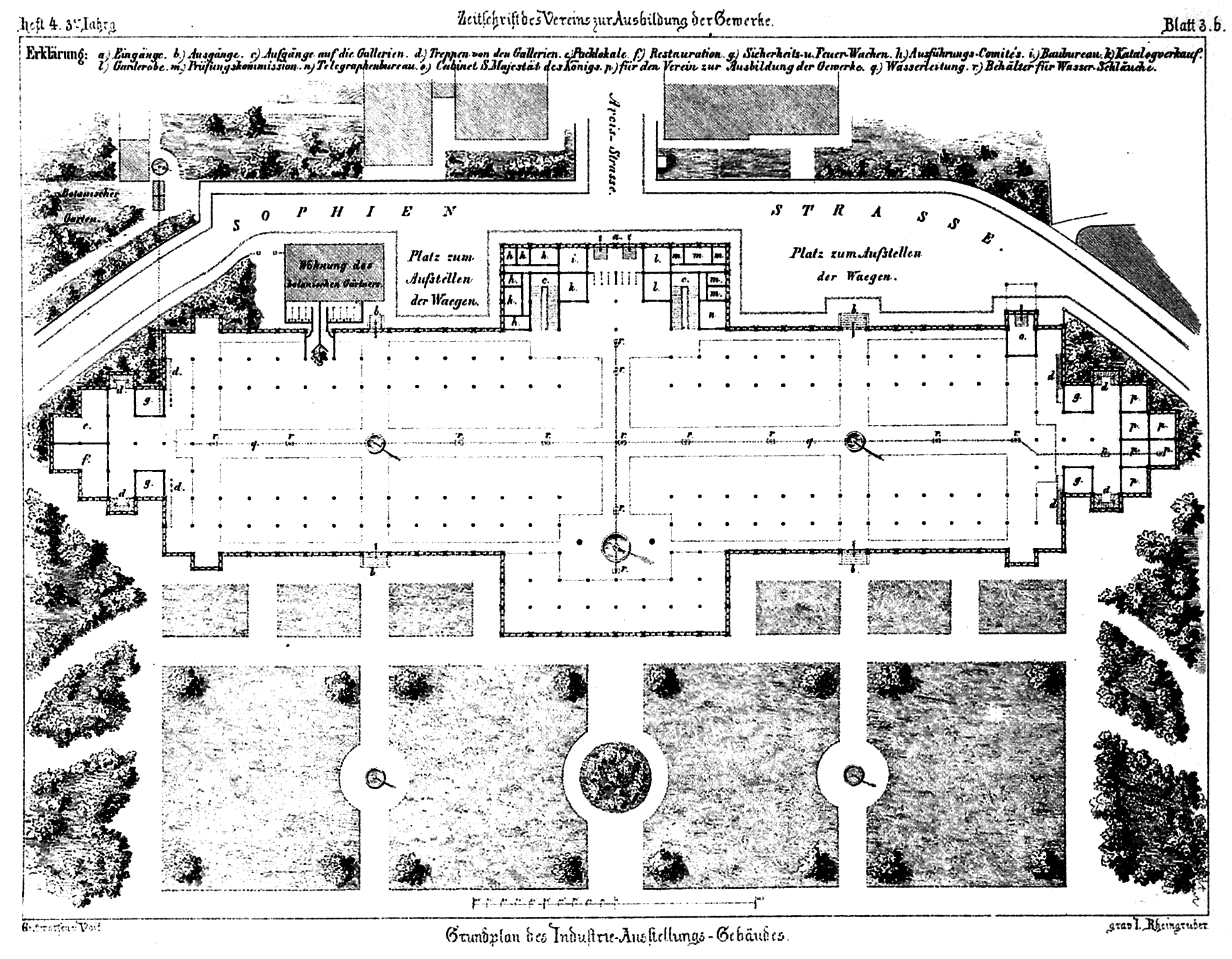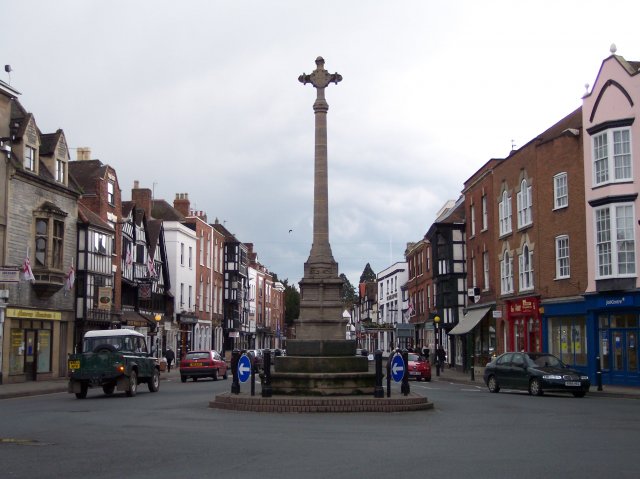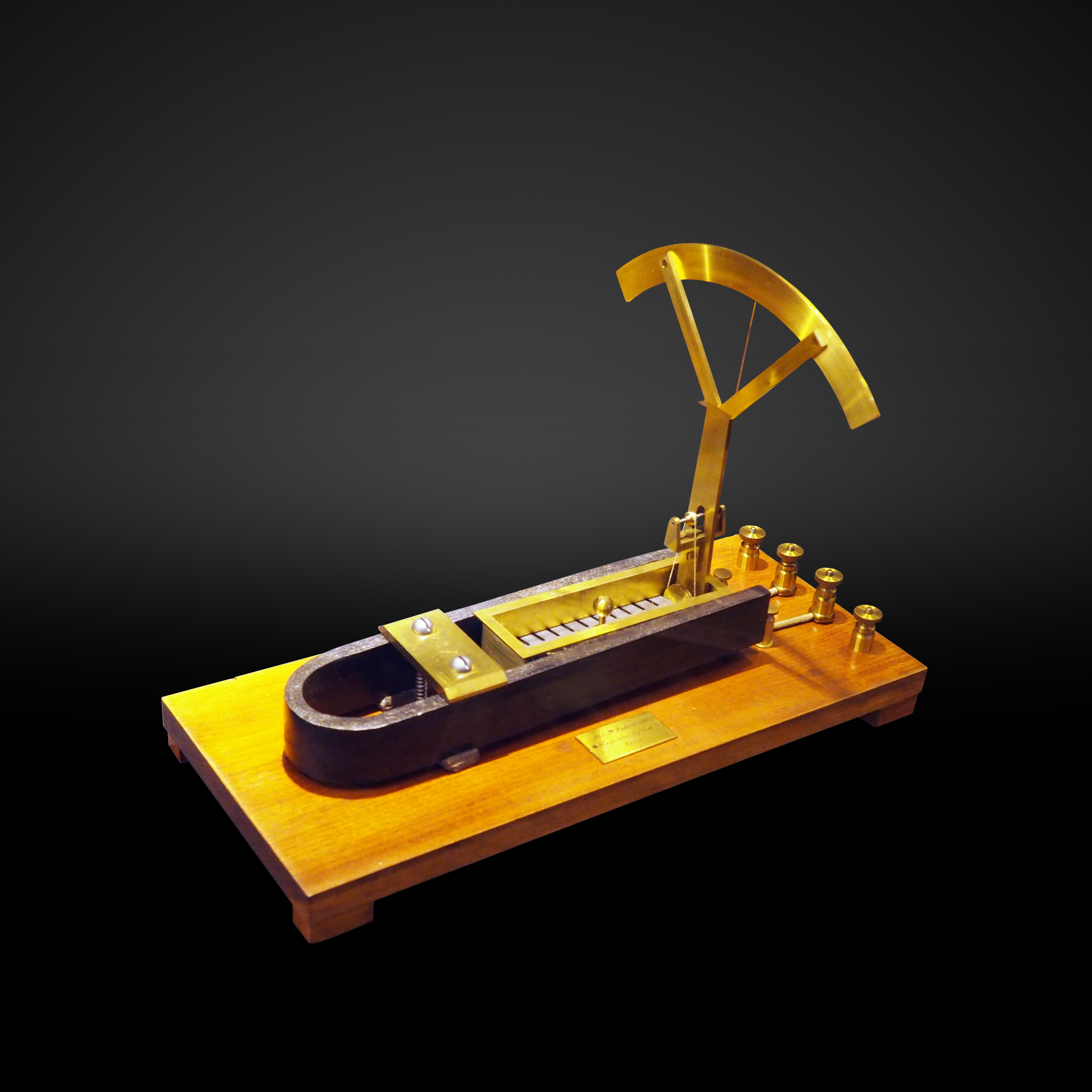|
Miesbach
Miesbach () is a town in Bavaria, Germany, and is the capital of the Miesbach district. The district is at an altitude of 697 metres above sea level. It covers an area of approximately 863.50 km² of alpine headlands and in 2017 had a population of 11,477. The town is located 48 km southeast of Munich. Lake Schliersee and Lake Tegernsee, around which are the internationally renowned spas, Bad Wiessee, Rottach-Egern and Tegernsee, are nearby. Miesbach was founded around the year 1000 and was for hundreds of years the seat of the County of Hohenwaldeck. In the 19th century it became the center of the conservation movement for the traditional costumes, the Tracht. Miesbach also has a rich history as a pilgrimage and a mining village, which can still be seen in the city landscape. On September 16, 1882, Miesbach became the starting point for the first long distance transmission of electric power in the world. A 1,343 voltage power transmission line transferred electrici ... [...More Info...] [...Related Items...] OR: [Wikipedia] [Google] [Baidu] |
Miesbach (district)
Miesbach () is a ''Landkreis'' (district) in Bavaria, Germany. It is bounded by (from the west and clockwise) the districts of Bad Tölz-Wolfratshausen, Munich and Rosenheim, and by the Austrian state of Tyrol. History In medieval times most of the district was occupied by clerical states. The Miesbach district is the union of the areas that were formerly occupied by the Hohenwaldeck county, the territories owned by the powerful Tegernsee Abbey, the territories owned by the Weyarn Abbey and Valley County. Hohenwaldeck was annexed by Bavaria in 1734, Valley in 1777. The clerical states were dissolved in 1803 and fell to Bavaria as well. Miesbach was established in 1803 the foundation ceremony took place in the court district of Hohenwaldeck. In 1818 Tegernsee was established. The same year the Bad Aibling district was established too and Miesbach had to deliver 12 municipalities. In 1939 Tegernsee was merged into Miesbach. During the territorial reform in Bavaria in 1972 Ott ... [...More Info...] [...Related Items...] OR: [Wikipedia] [Google] [Baidu] |
Tegernsee
Tegernsee is a town in the Miesbach district of Bavaria, Germany. It is located on the shore of Lake Tegernsee, which is 747 m (2,451 ft) above sea level. A spa town, it is surrounded by an alpine landscape of Upper Bavaria, and has an economy mainly based on tourism. The town is home to a former Benedictine monastery, the Tegernsee Abbey. Today the building is a '' Schloss''. The northern wing of the abbey contains a brewery that produces the famous Tegernsee Lager Beer. History The original settlers of the area around the lake are not known. The recorded history of the region and of the town began with the arrival of the Bavarians in the sixth century AD. The noble family of the Agilolfings ruled this region and the entire Duchy of Bavaria. In 746, the brothers Adalbert and Ottokar, of the noble family of Huosi, founded a Benedictine monastery, Tegernsee Abbey. Its name derives from Old High German ''tegarin seo'', meaning "large lake". Although much of the to ... [...More Info...] [...Related Items...] OR: [Wikipedia] [Google] [Baidu] |
Glaspalast (Munich)
The ''Glaspalast'' (Glass Palace) was a glass and iron exhibition building located in the Old botanical garden - Munich in Munich modeled after The Crystal Palace in London. The Glaspalast opened for the first General German Industrial Exhibition on July 15, 1854. Planning Following other examples around Europe, the ''Glaspalast'' was ordered by Maximilian II, King of Bavaria, in order to hold the ''Erste Allgemeine Deutsche Industrieausstellung'' (First General German Industrial Exhibition) on July 15, 1854. Originally it was planned to erect the building on Maximilianplatz. However, the relevant Commission decision preferred an area near the railway station. Designed by architect August von Voit and built by MAN AG, the building was built in 1854 to the north of the Old Botanical Garden close to the Stachus. Construction Following the completion of 1853 Schrannenhalle and the planned and conservatory of Munich Residence, a glass with cast iron design was used, using e ... [...More Info...] [...Related Items...] OR: [Wikipedia] [Google] [Baidu] |
Schliersee
Schliersee is a small town (Markt) and a municipality in the district of Miesbach in Bavaria in Germany. It is named after the nearby Lake Schliersee. It comprises the districts Schliersee (town), , , , Josefsthal and Spitzingsee. Among the points of interest in Schliersee, a climatic health resort, is the St Sixtus church with a Holy Trinity group by Erasmus Grasser and wall and ceiling frescoes by Johann Baptist Zimmermann. The excellent quality of the water in the Schliersee is due in large part to the construction of a system for purifying waste water from the area surrounding the lake, which was supported by the state of Bavaria with large subsidies and low-interest loans. Geography Schliersee is located on the northeastern shore of the lake of the same name and is a well known resort in the Bavarian Alps. Schliersee provides scenic views of the surrounding mountains, in particular Aiplspitz, Jägerkamp (German), Brecherspitz and Bodenschneid, all belonging to the M ... [...More Info...] [...Related Items...] OR: [Wikipedia] [Google] [Baidu] |
Bad Wiessee
Bad Wiessee (Central Bavarian: ''Bad Wiessä'') is a municipality in the district of Miesbach in Upper Bavaria in Germany. Since 1922, it has been a spa town and located on the western shore of the Tegernsee Lake. It had a population of around 4800 inhabitants in 2014. The word "Bad" means "spa" or "baths", while "Wiessee" derives from "Westsee", meaning "western part of the lake". Bad Wiessee was first documented in 1017 in the tax book of the Tegernsee Abbey, encouraged to pay goods to the abbey. Bad Wiessee is known for its healing sulfur-fountain, discovered by the Dutch oil explorer Adriaan Stoop in 1909 while he was drilling for oil. He built the first iodine sulfur bath in 1912 after oil production had been exhausted. People spend their holidays in Bad Wiessee because of its quiet atmosphere and its location at the north side of the Alps. Tourism is one of the main sources of income for the population of Bad Wiessee. Although spa tourism has declined in the last decades ... [...More Info...] [...Related Items...] OR: [Wikipedia] [Google] [Baidu] |
Christian Schad
Christian Schad (21 August 189425 February 1982) was a German painter and photographer. He was associated with the Dada and the New Objectivity movements. Considered as a group, Schad's portraits form an extraordinary record of life in Vienna and Berlin in the years following World War I.CHRISTIAN SCHAD AND THE NEUE SACHLICHKEIT, March 14-June 9, 2003 Neue Galerie New York. Life Schad was born in Miesbach, Upper Bavaria, to a prosperous lawyer who sup ...[...More Info...] [...Related Items...] OR: [Wikipedia] [Google] [Baidu] |
Bavaria
Bavaria ( ; ), officially the Free State of Bavaria (german: Freistaat Bayern, link=no ), is a state in the south-east of Germany. With an area of , Bavaria is the largest German state by land area, comprising roughly a fifth of the total land area of Germany. With over 13 million inhabitants, it is second in population only to North Rhine-Westphalia, but due to its large size its population density is below the German average. Bavaria's main cities are Munich (its capital and largest city and also the third largest city in Germany), Nuremberg, and Augsburg. The history of Bavaria includes its earliest settlement by Iron Age Celtic tribes, followed by the conquests of the Roman Empire in the 1st century BC, when the territory was incorporated into the provinces of Raetia and Noricum. It became the Duchy of Bavaria (a stem duchy) in the 6th century AD following the collapse of the Western Roman Empire. It was later incorporated into the Holy Roman Empire, be ... [...More Info...] [...Related Items...] OR: [Wikipedia] [Google] [Baidu] |
Oskar Von Miller
Oskar von Miller (7 May 1855 – 9 April 1934) was a German engineer and founder of the Deutsches Museum, a large museum of technology and science in Munich. Biography Born in Munich into an Upper Bavarian family from Aichach, he was the son of the first supervisor of the royal ore foundry in Munich, Ferdinand von Miller (1813–1887) and his wife Anna Pösl (1815–1890). Miller married the painter Marie Seitz in 1884, with whom he had seven children, two of whom died in infancy. His brother was the ore caster and director of the Munich Academy of Fine Arts Baron Ferdinand von Miller. With the elevation of his father Ferdinand into the Bavarian nobility on 12 October 1875 and with the inscription of the family name on the roll of the aristocracy of the Kingdom of Bavaria on 30 December 1875, Oskar was simultaneously ennobled. Miller decided to study technology and civil engineering at the Technische Hochschule München. Soon he discovered the recently developed field of el ... [...More Info...] [...Related Items...] OR: [Wikipedia] [Google] [Baidu] |
Tewkesbury
Tewkesbury ( ) is a medieval market town and civil parish in the north of Gloucestershire, England. The town has significant history in the Wars of the Roses and grew since the building of Tewkesbury Abbey. It stands at the confluence of the River Severn and the River Avon, and thus became an important trading point, which continued as railways and later M5 and M50 motorway connections were established. The town gives its name to the Borough of Tewkesbury, due to the earlier governance by the Abbey, yet the town is the second largest settlement in the Borough. The town lies on border with Worcestershire, identified largely by the Carrant Brook (a tributary of the River Avon). The name Tewkesbury is thought to come from Theoc, the name of a Saxon who founded a hermitage there in the 7th century, and in the Old English language was called '. Toulmin Smith L., ed. 1909, ''The Itinerary of John Leland'', London, IV, 150 An erroneous derivation from Theotokos (the Greek title of ... [...More Info...] [...Related Items...] OR: [Wikipedia] [Google] [Baidu] |
Marcel Deprez
Marcel Deprez (12 December 1843 – 13 October 1918) was a French electrical engineer. He was born in Aillant-sur-Milleron. He died in Vincennes. Biography Deprez was born in Aillant-sur-Milleron in rural France and attended the School of Mines in Paris. He was not able to complete the course; however, he must have made a good impression, as he was employed as a secretary to the Director of the school, Charles Combes.The Engine Indicator , John Walters, Chapter 8, p.8-20 At , from 1876 to 1886, Deprez conducted the first experiments to transmit over long distances. ... [...More Info...] [...Related Items...] OR: [Wikipedia] [Google] [Baidu] |
Verismo (painting)
The Verismo (meaning "realism", from Italian ''vero'', meaning "true") refers to a 19th-century Italian painting style. This style was practiced most characteristically by the "Macchiaioli" group of painters, who were forerunners of the French Impressionists. In this regard, the Wikipedia article on " American verismo" is germane because it contains a long discussion of an instance of American verismo (Jerry Ross) in American painting. However, there is an extremely rich reservoir of American examples that include techniques for loose brushwork alongside social commentary such as in "The Ashcan School" and the work of John Singer Sargent and the bold city and landscapes of George Bellows. The link pin between European verismo in painting and the States could be considered to be the work of John Singer Sargent, in regard to technique, but not in comments on the working classes. As mentioned above, the Ashcan School played the social critical role in regard to thinking and ideas ... [...More Info...] [...Related Items...] OR: [Wikipedia] [Google] [Baidu] |
Bayerisches Landesamt Für Statistik ...
The statistical offices of the German states ( German: ''Statistische Landesämter'') carry out the task of collecting official statistics in Germany together and in cooperation with the Federal Statistical Office. The implementation of statistics according to Article 83 of the constitution is executed at state level. The federal government has, under Article 73 (1) 11. of the constitution, the exclusive legislation for the "statistics for federal purposes." There are 14 statistical offices for the 16 states: See also * Federal Statistical Office of Germany References {{Reflist Germany Statistical offices Germany Germany,, officially the Federal Republic of Germany, is a country in Central Europe. It is the second most populous country in Europe after Russia, and the most populous member state of the European Union. Germany is situated betwe ... [...More Info...] [...Related Items...] OR: [Wikipedia] [Google] [Baidu] |





